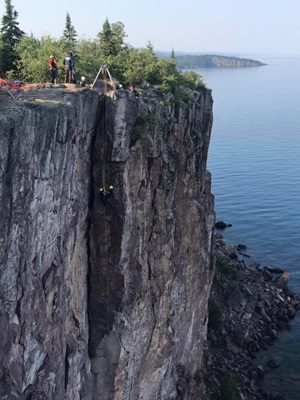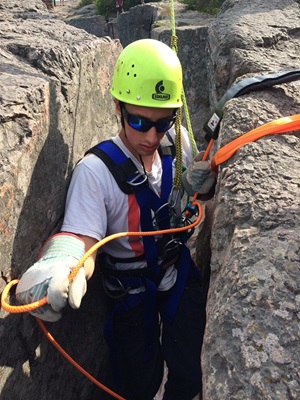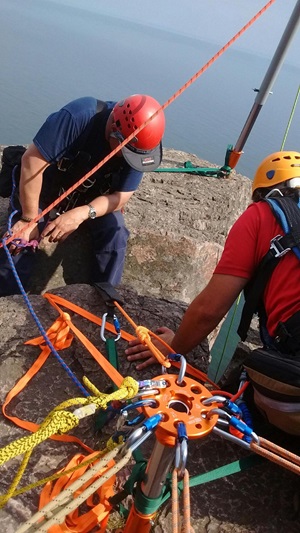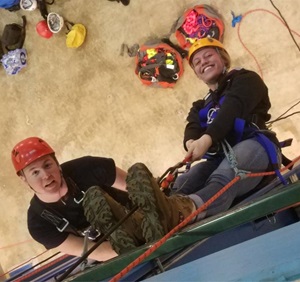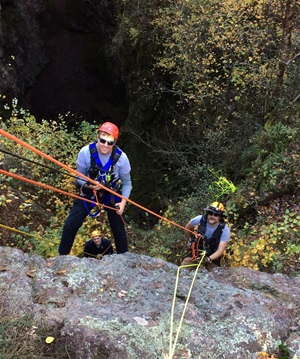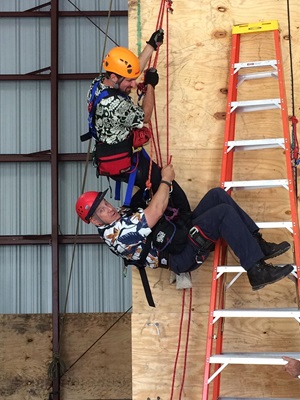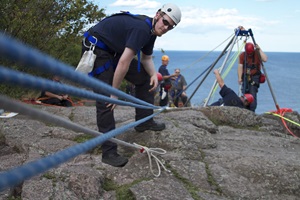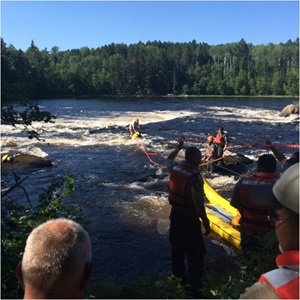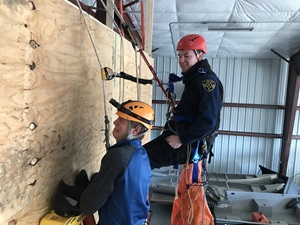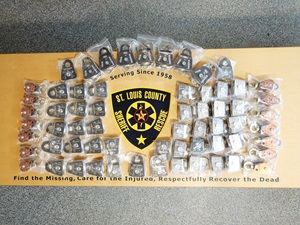Ropes, riggings and rescues in the Land of 10,000 Lakes
St. Louis County Volunteer Rescue Squad acquires updated gear for critical rescue scenarios
Rick Slatten and his team only break out their rope rescue equipment a handful of times each year.
But when they do, the intensity is invariably high—and so are the stakes.
“We had a dramatic rescue in the Boundary Waters a couple of years ago. A canoe capsized in some whitewater, and because of the hydraulics of the water, the canoe was pressing a teenager into a rock and drowning him,” recalls Slatten, the captain of the St. Louis County Volunteer Rescue Squad, based in Duluth, Minnesota.
“The Scoutmaster held the boy’s head above water for two hours; he was hypothermic himself,” adds Slatten. “For the rescue to happen, we had to fight the hydraulics—so we built a five-to-one hauling system with our rope gear to pull that canoe away from the rock, and get him out of there.
“So when we use our rope gear, it might be that quintessential high-level vertical realm, which we train intensely on . . . but it might also be steep-angle rescue or a horizontal scenario. It’s extremely versatile equipment.”
Covering a county that’s the size of New Jersey, the 60 volunteers of this squad support other first response organizations in northeast Minnesota for:
- Vehicle extrication;
- Wilderness-based searches and rescues;
- Water rescue and recovery; and
- Medical calls.
Image gallery: St. Louis County Volunteer Rescue Squad
In 2017, the St. Louis County Volunteer Rescue Squad responded to 430 calls, and volunteered a total of 22,759 hours.
“On our team, we have an Army Corps of Engineers surveyor, a funeral director, a couple of people in retail, and three active U.S. Coast Guard people,” says Slatten. “We’ve also got a mechanical engineer who’s key to our rope rescue efforts. When he’s not engineering how to get iron out of the ground, he’s ga-ga about all things rope rescue.”
Members of the St. Louis County Volunteer Rescue Squad recently went through an advanced rope rescue course in Arizona, under the tutelage of climbing guru Reed Thorne—and recognized an urgent need for new and updated equipment.
Safety is at the heart of everything we do at Enbridge. Since 2002, we’ve given nearly US$9.6 million in grants to first response organizations through our Safe Community program.
As part of our ongoing investment in Minnesota—where our proposed Line 3 Replacement Project would entail a $2.6-million private investment in the state—a recent $10,000 Enbridge donation to the St. Louis County Volunteer Rescue Squad paid for new ropes, pulleys, harnesses, carabiners, and AZTEK rigging systems.
“Our equipment was old and cumbersome. It was big and heavy. Sometimes we’d be carrying 60, 70 pounds of hardware into the woods for a rescue,” says Slatten. “We jumped ahead 30 years with that one check from Enbridge—we’ve gone from Model ‘T’ Fords to rockets.”
(TOP PHOTO: St. Louis County Volunteer Rescue Squad member Andy Paasch inspects the rigging before going cliffside as part of a rescue training scenario in Superior Crack at Palisade Head.)




